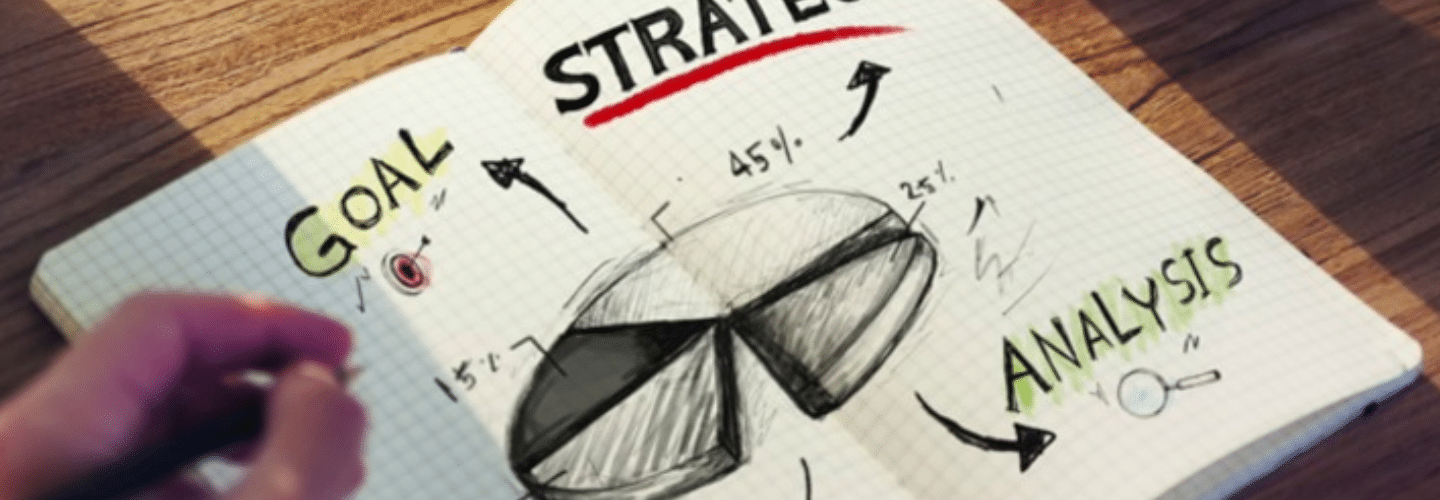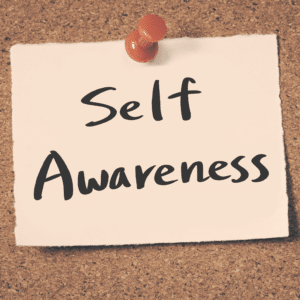介绍
如果你曾经觉得自己的生活失去了控制,你并不孤单。我们中的许多人都很难保持井然有序,而且感觉很难回到正轨。好消息是,我们可以采取一些措施来让家庭和工作变得井然有序。以下是我多年来学到的 11 件事,它们将帮助你重回正轨!
整理。
Decluttering is the first step to a more organized life. It’s time to get rid of stuff you don’t need, don’t use and don’t like. You can also declutter things that do not make you happy and do not make you feel good about yourself.
You should start with clothing like old clothes, out of style clothes, or dirty clothes that are past their prime as well as any items in your closet/dresser/under-the-bed storage boxes that don’t serve any purpose for your life or wardrobe anymore.
坚持一个时间表。
This is one of the most important steps to getting organized. You need to stick to a schedule, but there are some things that you need to keep in mind when implementing this step.
First, it’s important for you to be consistent with your schedule. You can’t just decide that today’s the day that you’re going start getting organized if you were doing nothing yesterday or last month because chances are, your home is still going to look like complete chaos. Also, don’t get too rigid with your schedule because it might not work out for everyone. For example, someone who works from home may find it helpful to do their cleaning all at once during their lunch break instead of trying to fit in all those little tasks throughout the day when they’re busy working on other projects or writing blog posts (like me!). Finally another tip would be making sure that whatever system works best for keeping track of things like paying bills etc., just stick with it! Don’t try switching between different apps because they won’t sync up properly which leads us right into our next point:
清除多余的物品。
The first step to becoming organized is to get rid of all the stuff you don’t need.
If you have items that have been sitting around unused for a while, donate them. If they’re still in good condition but you never use them, donate them. Don’t let clutter build up because it’s too much work to get rid of things—if an item has been around longer than a year and hasn’t been used during that time period, consider donating it so someone else can put it to good use!
If you are holding onto something just because the thought of throwing it away makes you feel guilty or scared, ask yourself if this is really something worth keeping or not (and then do what feels right). For example: I kept my old college textbooks even though I had already graduated from college ten years ago because I thought maybe someday I might go back and want those books again…but then when I finally got around to selling them on eBay (years later), guess what happened? They didn’t sell at all! It turns out nobody wanted my old textbooks from 15 years ago–and once again proving my point about getting rid of excess items when necessary 🙂
把您想保留的东西收起来。
When you’re putting away things you want to keep, make sure that you have a specific place for each item. You should use baskets, bins and drawers if possible. You can also use hooks or hangers in your closet or on the walls of any room where space is limited. If all else fails, try using a shelf or drawer unit instead of keeping everything scattered around the house in stacks on tables and counters.
You could even take it one step further by organizing each category within these areas by type (e.g., books), size (e.g., small toys) or color (e.g., white socks).
在电子表格中创建您的物品清单。
Once you’ve decided to get organized, the next step is to create a list of your belongings.
The best way to do this is by creating a spreadsheet that includes two columns: what you own and what you don’t own. If this seems like too much work for you, then simply follow the “less is more” advice and only write down what’s important—for example, if there are only three items on your shopping list at any given time, then only include those three things in your inventory (and don’t forget about seasonal changes).
找到一种携带物品的方式,使其与您要去的地方、您要做的事情以及与您在一起的人相适应。
当你整理东西时,你可能会想知道如何随身携带物品。以下是几种方法:
- 背包非常适合短途旅行,例如去杂货店或办事。如果您的目的地允许穿高跟鞋以外的其他鞋子四处走动,那么背包也可用于长途旅行!
- 手提包可以装很多东西,可以挂在单肩或双肩上,方便拿取里面的物品,同时还能腾出双手。如果你需要带很多东西,但又没有太多时间(比如去拜访朋友),那么手提包就很适合你。
- 最后,考虑使用带有长肩带的斜挎包,这样可以轻松单肩或双肩背。斜挎包有多种款式和尺寸,因此一定有一款适合您的需求和喜好!
从你周围的环境开始,然后向外发展。
- 从你周围的环境开始,然后向外发展。
- 不要试图一次性完成所有事情。如果你还没有准备好,最好先从小事做起,然后再逐步增加步骤,而不是一下子被太多的变化压垮。
休息一下,但要坚持!
Doing too much can be as bad as doing nothing at all. Even if you’re not feeling overwhelmed by the task of getting organized, it’s important to take breaks from time to time. You might feel a little guilty about taking time away from organizing, but giving yourself a break will only make it easier and more enjoyable in the long run.
If you find that your motivation is waning after two or three hours, ask yourself if taking a break would help get things back on track. If so, go ahead and take one! A short breather will give you renewed energy when you return to your organizing efforts later on—and who knows? Maybe some fresh air and sunshine will spark some creative ideas for how best to tackle what needs doing next.
组织起来需要时间,所以不要指望一次性完成所有事情。
不管你多么想把东西整理得井井有条,你都需要对整理所需的时间有一个现实的认识。整理是一个需要时间和精力的过程,所以不要指望一下子就能完成。你必须改变你的日常习惯,找到新的储存方式,学习新的整理方式。这可能是一个漫长的过程,但一旦你开始看到结果,对你的家感到更舒适,你就觉得这一切都是值得的!
总结
我希望这些技巧能帮助你整理好生活。这是一段旅程,而不是目的地。所以请慢慢来,享受这个过程,如果你需要帮助或想分享对你有用的方法,请与我们联系!









